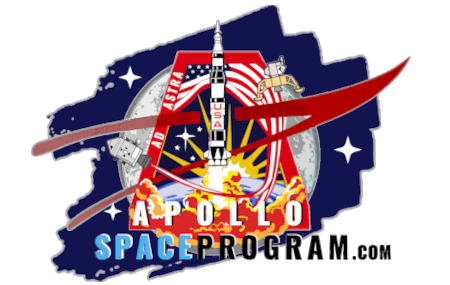Apollo 14 was the third manned mission to the moon, launched by NASA in January 1971. The mission was crewed by astronauts Alan Shepard, Edgar Mitchell, and Stuart Roosa, and was the fifth manned mission in the Apollo program.


The main objectives of the mission were to perform scientific experiments and collect samples of lunar material. The astronauts landed on the moon’s surface in the Fra Mauro highlands, near the site where the failed Apollo 13 mission had been intended to land.

During their time on the moon, the astronauts conducted a number of experiments, including deploying a solar wind composition experiment and a nuclear-powered particle detector. They also conducted two extravehicular activities (EVAs), or moonwalks, in which they explored the lunar surface and collected samples of moon rocks and soil.
Astronaut Edgar D. Mitchell, Apollo 14 Lunar Module pilot, moves across the lunar surface as he looks over a traverse map during extravehicular activity (EVA). Lunar dust can be seen clinging to the boots and legs of the space suit.
In addition to the scientific experiments, the mission was also notable for a number of other firsts. Alan Shepard became the oldest person to walk on the moon at the age of 47, and the mission was the first to use a mobile lunar rover vehicle, which the astronauts used to explore a wider area of the lunar surface.

Overall, the mission was a successful continuation of the Apollo program and helped to further our understanding of the moon and its properties.

